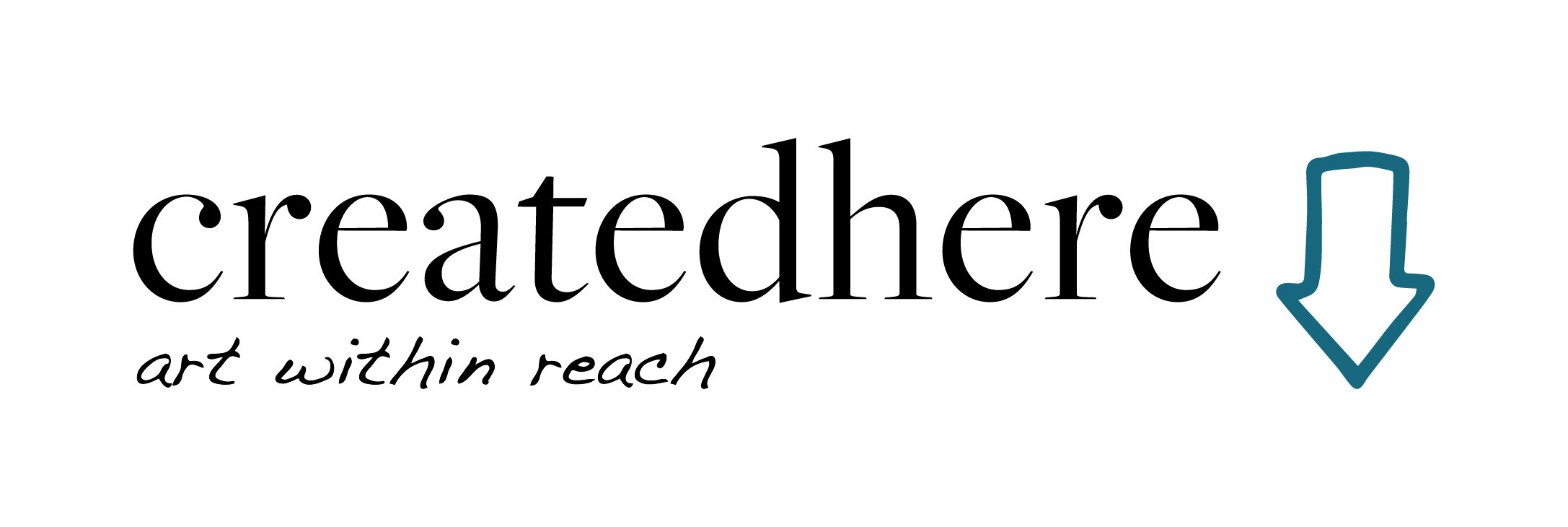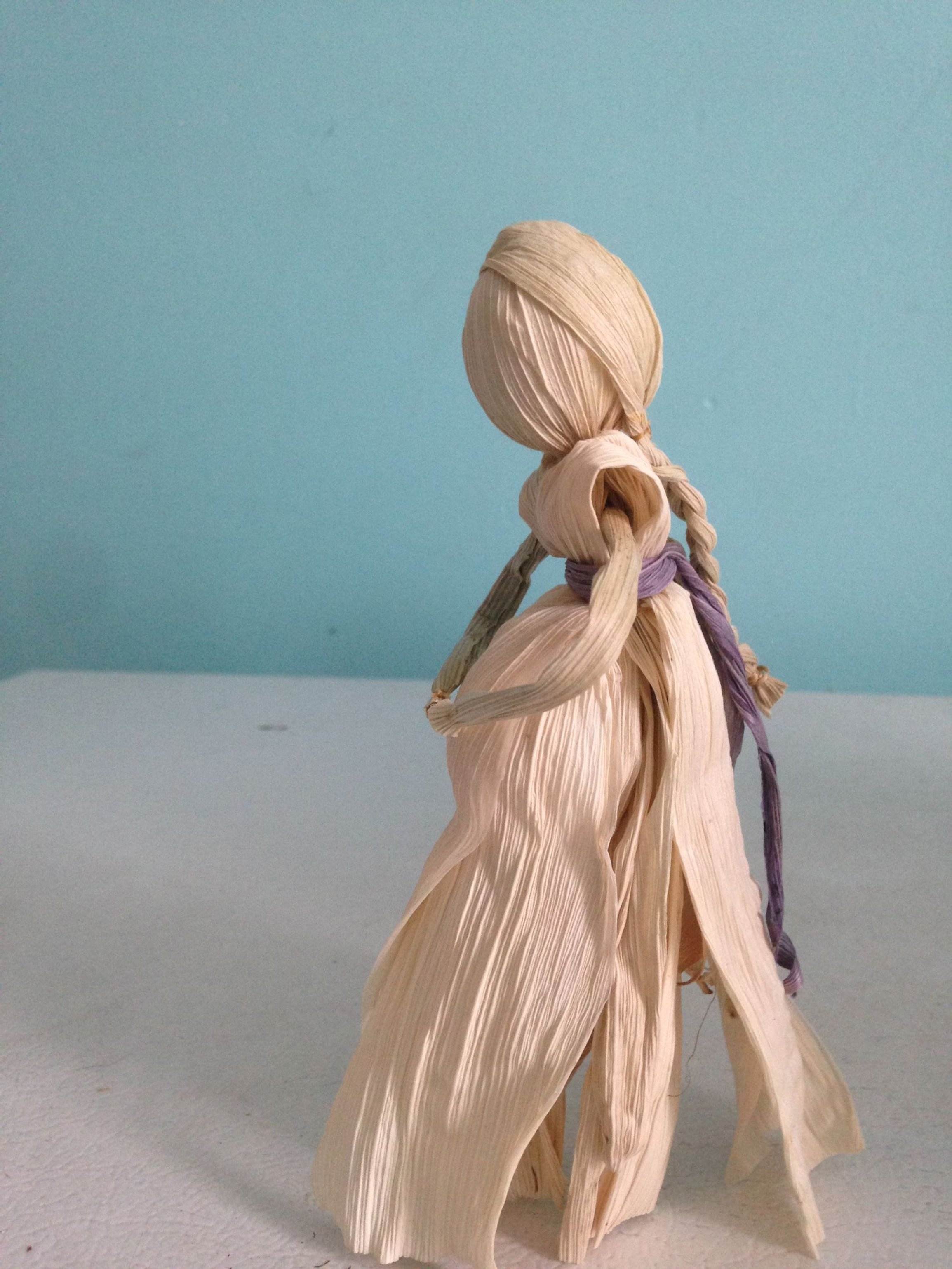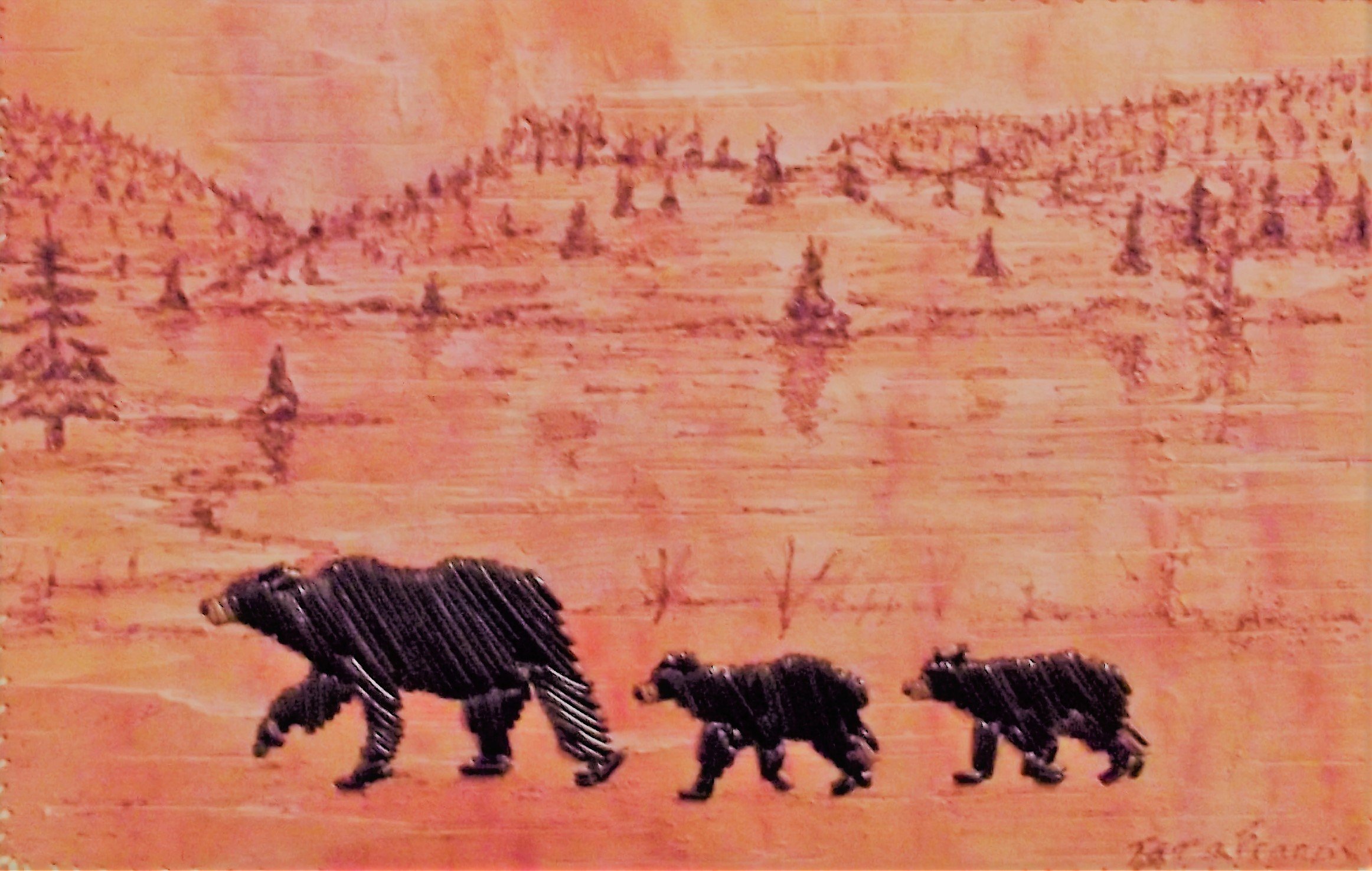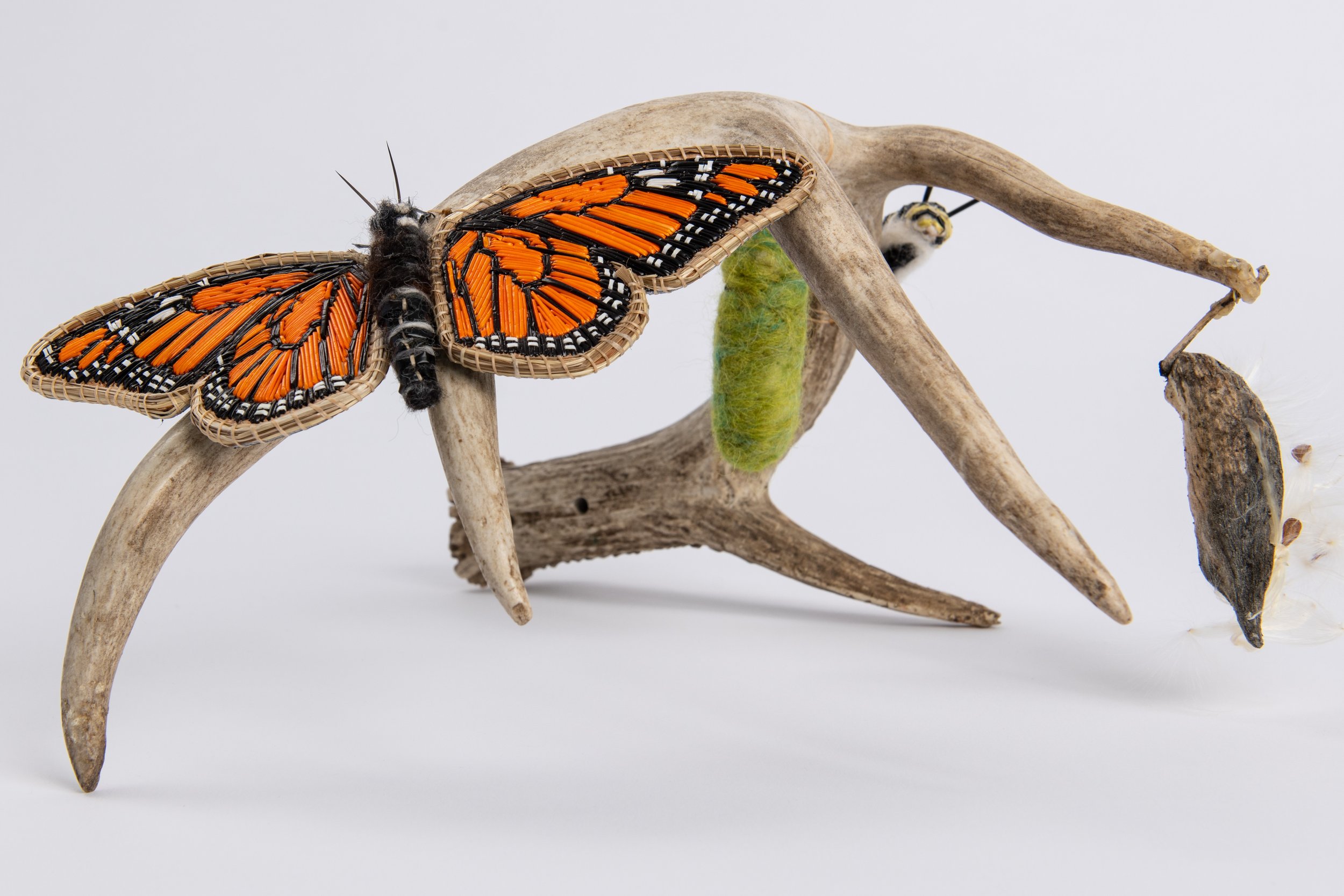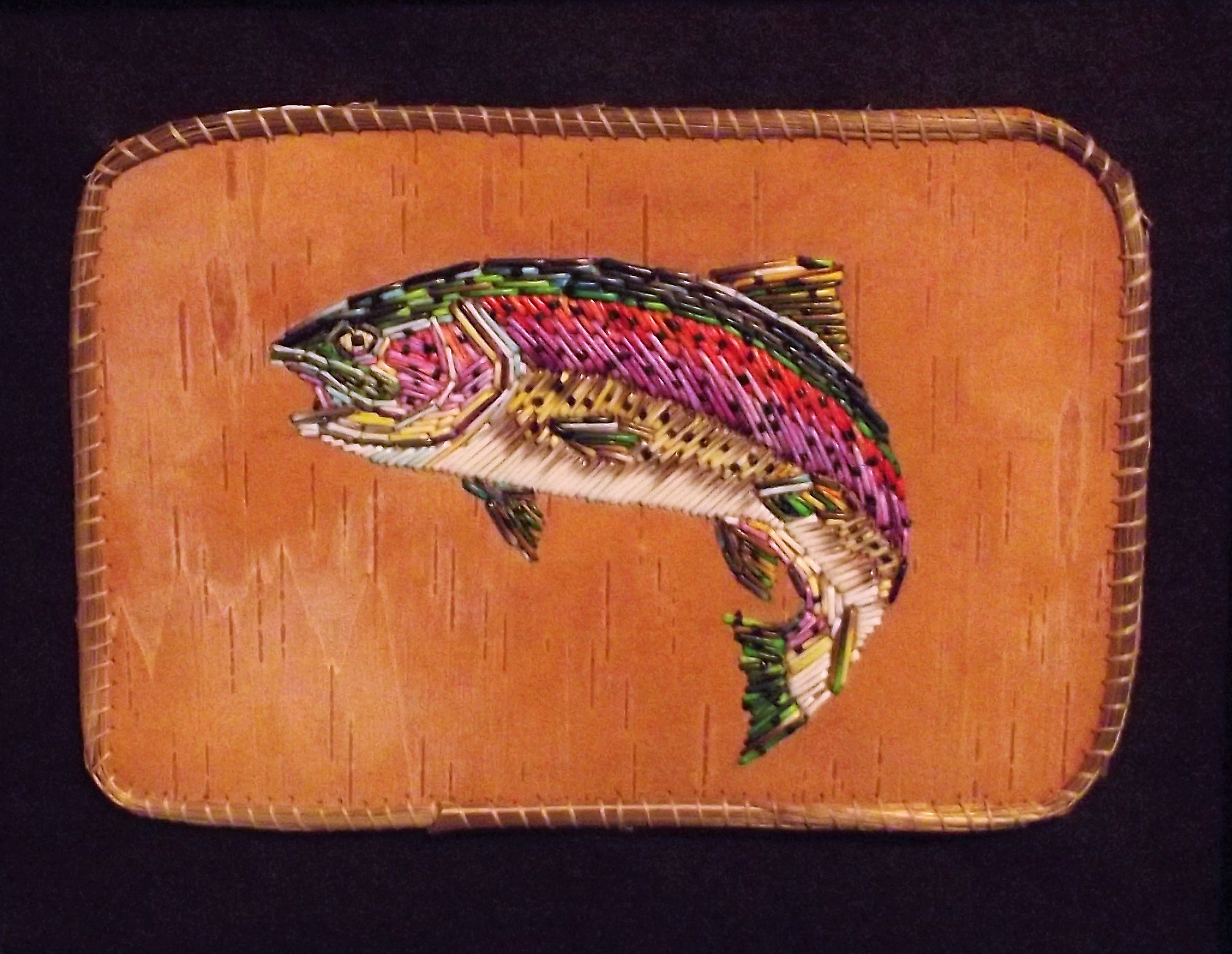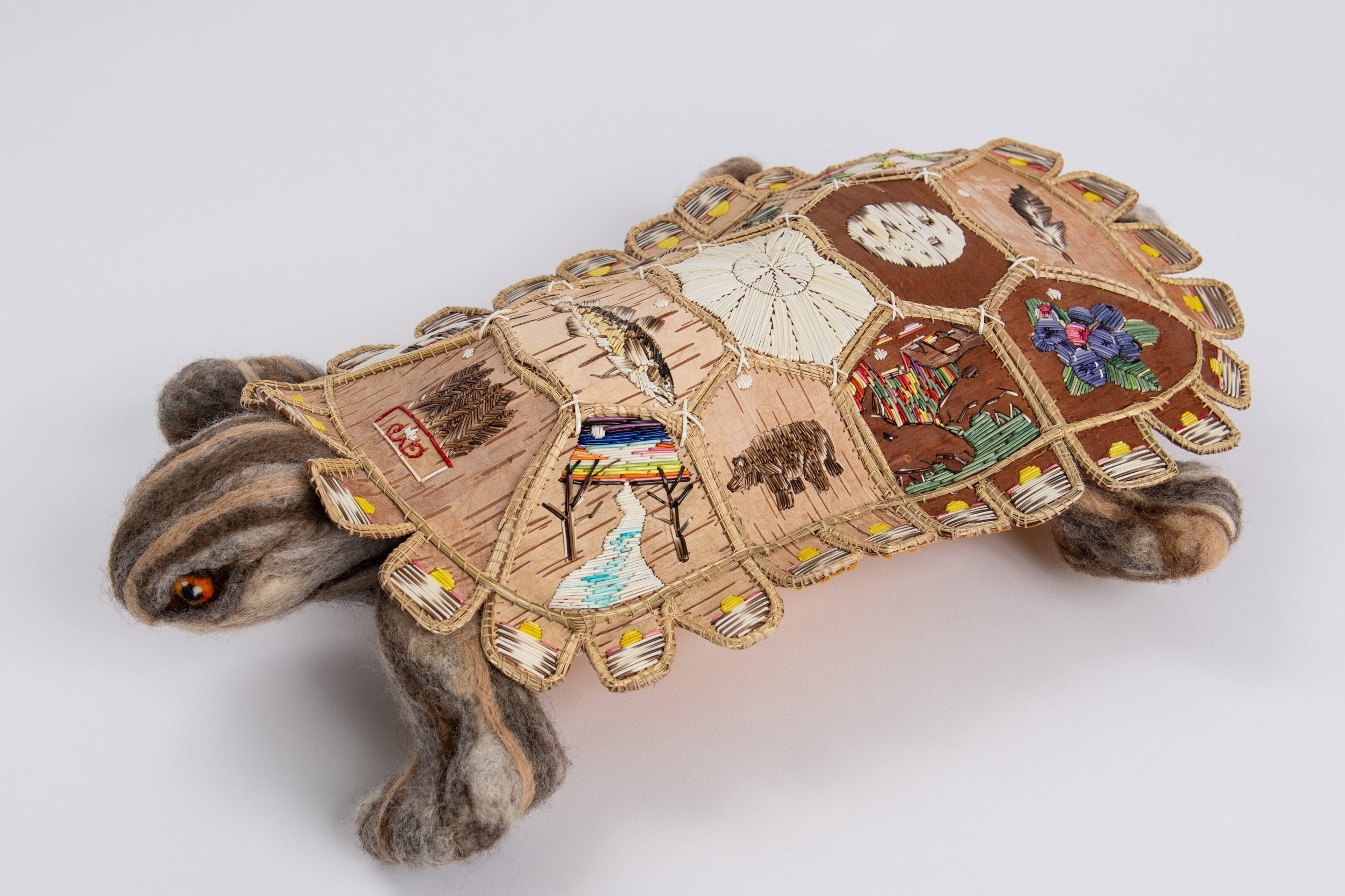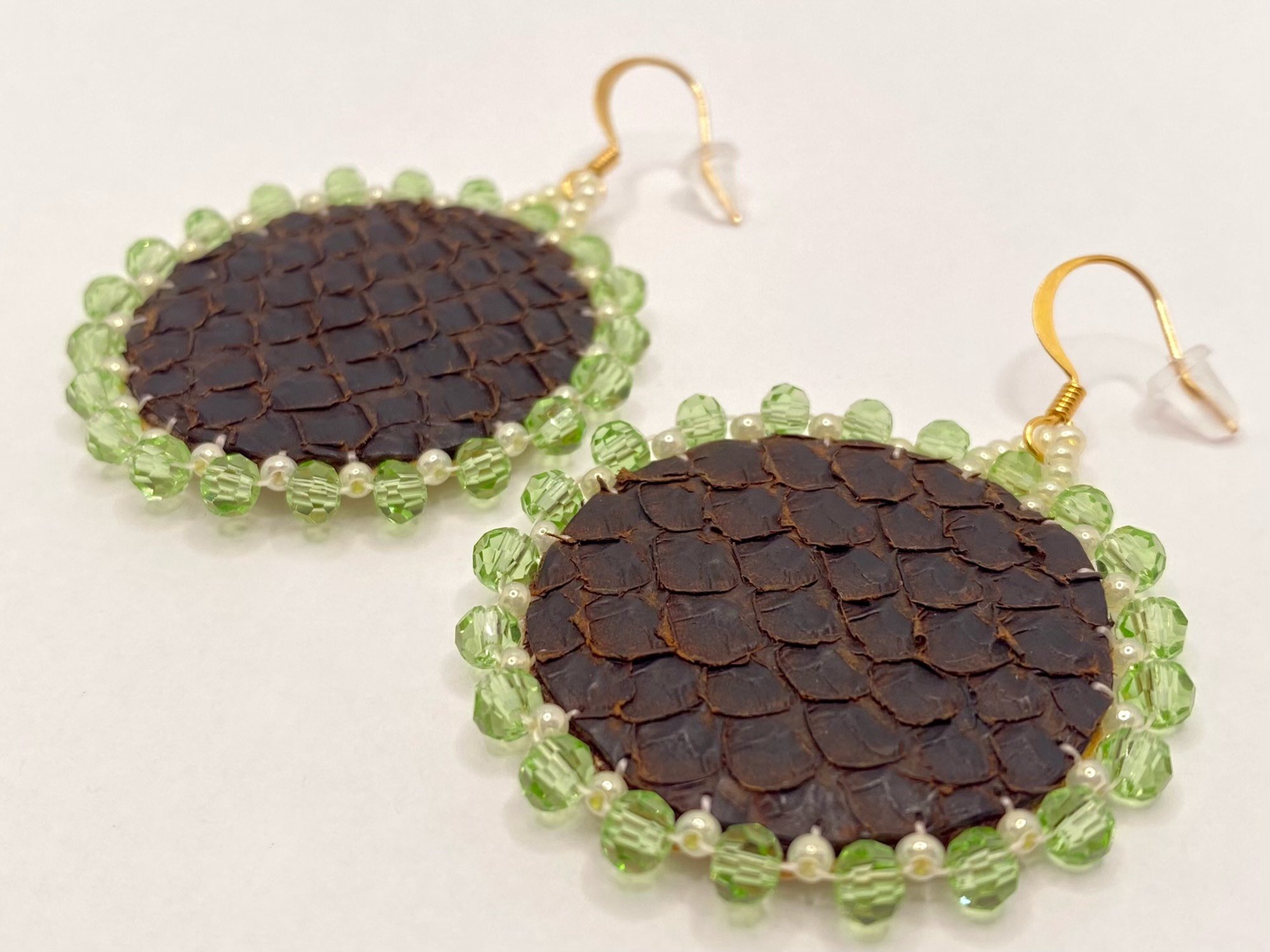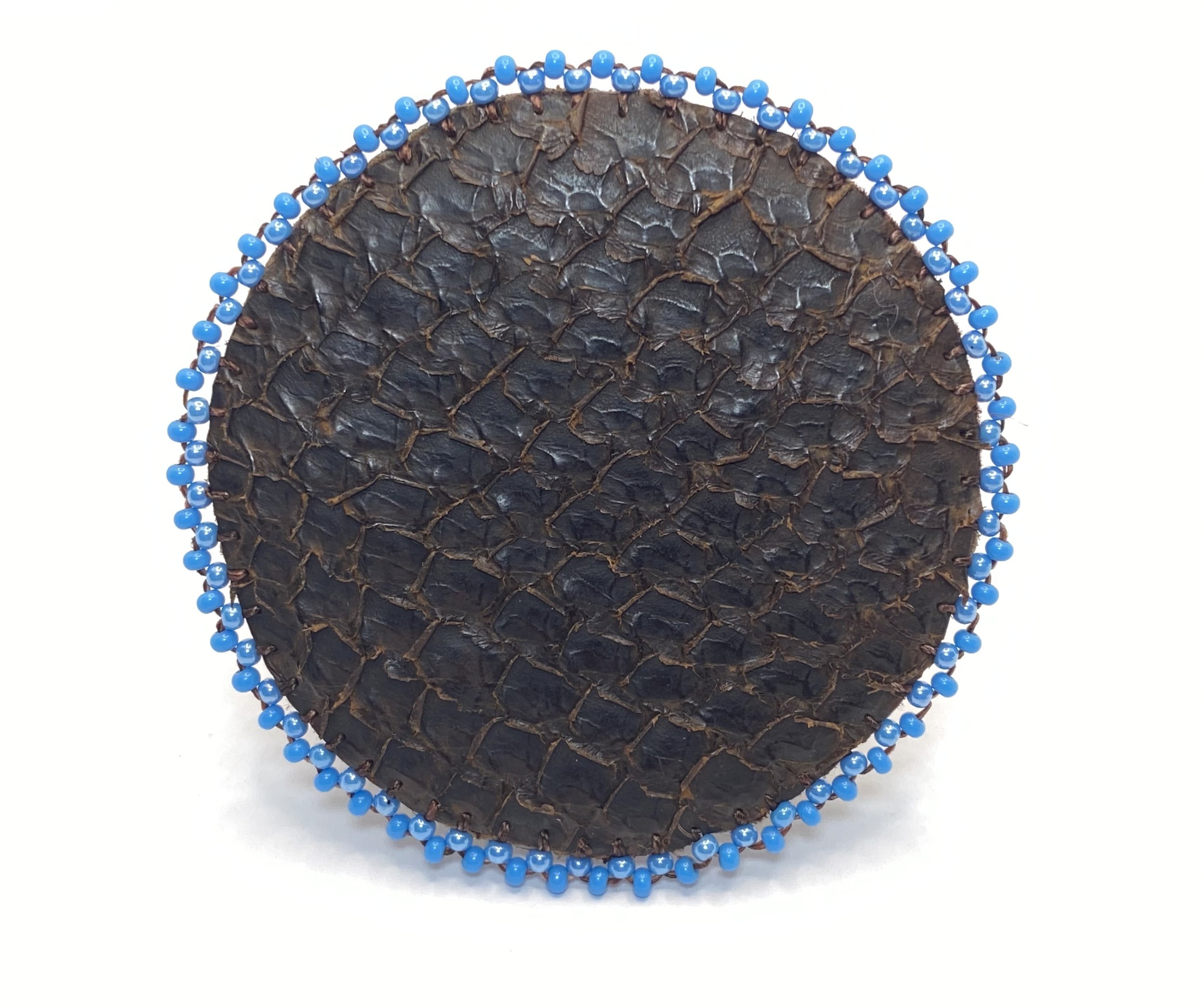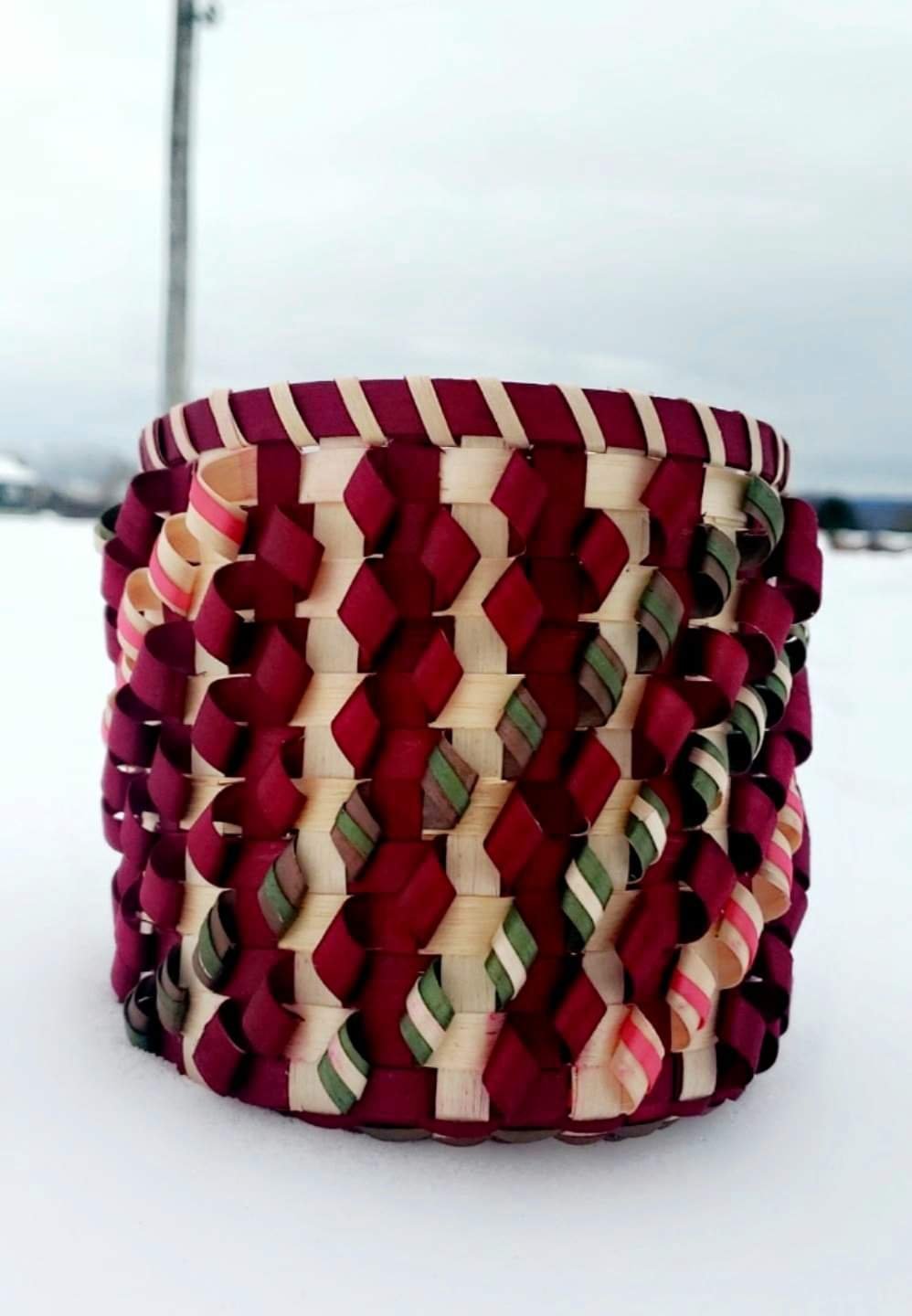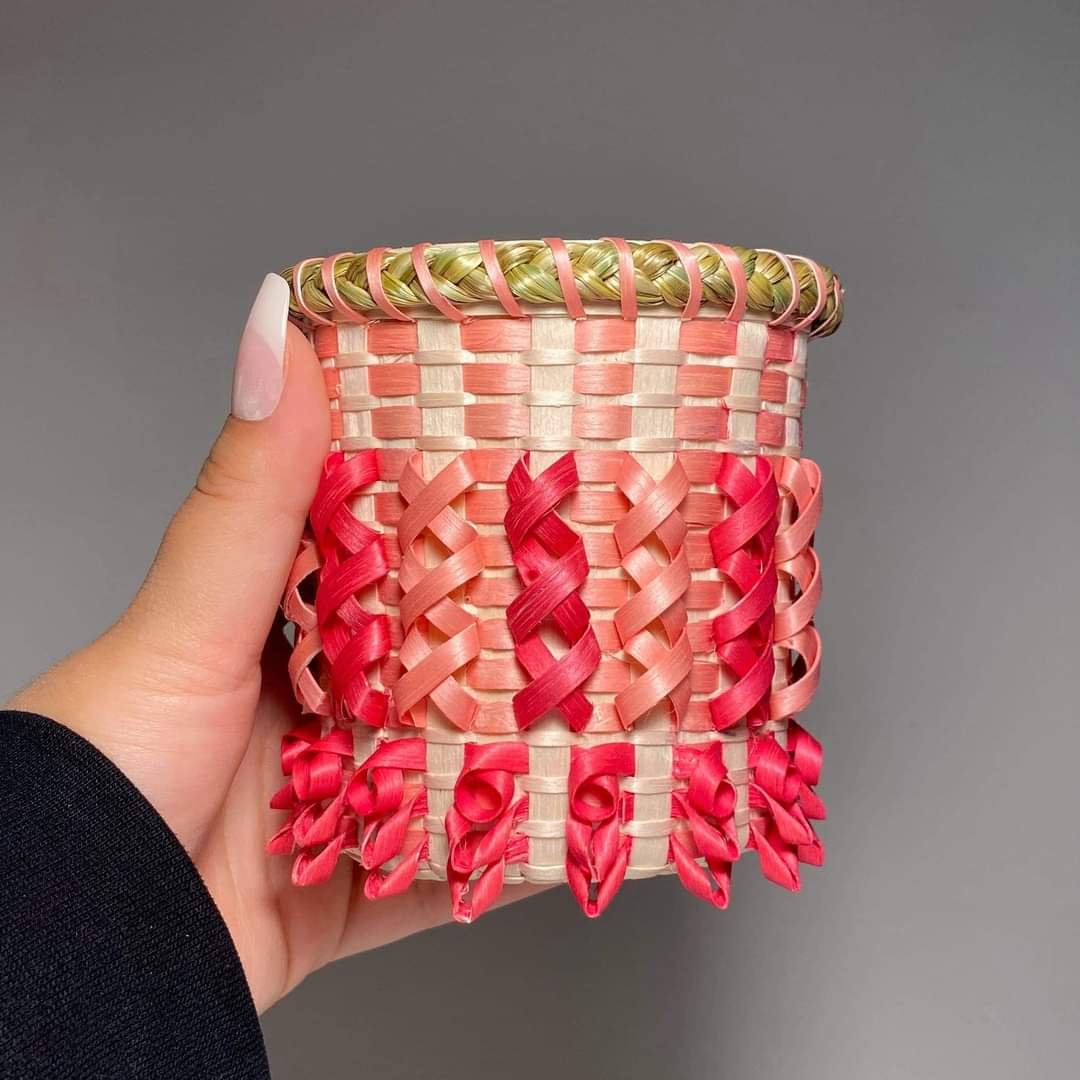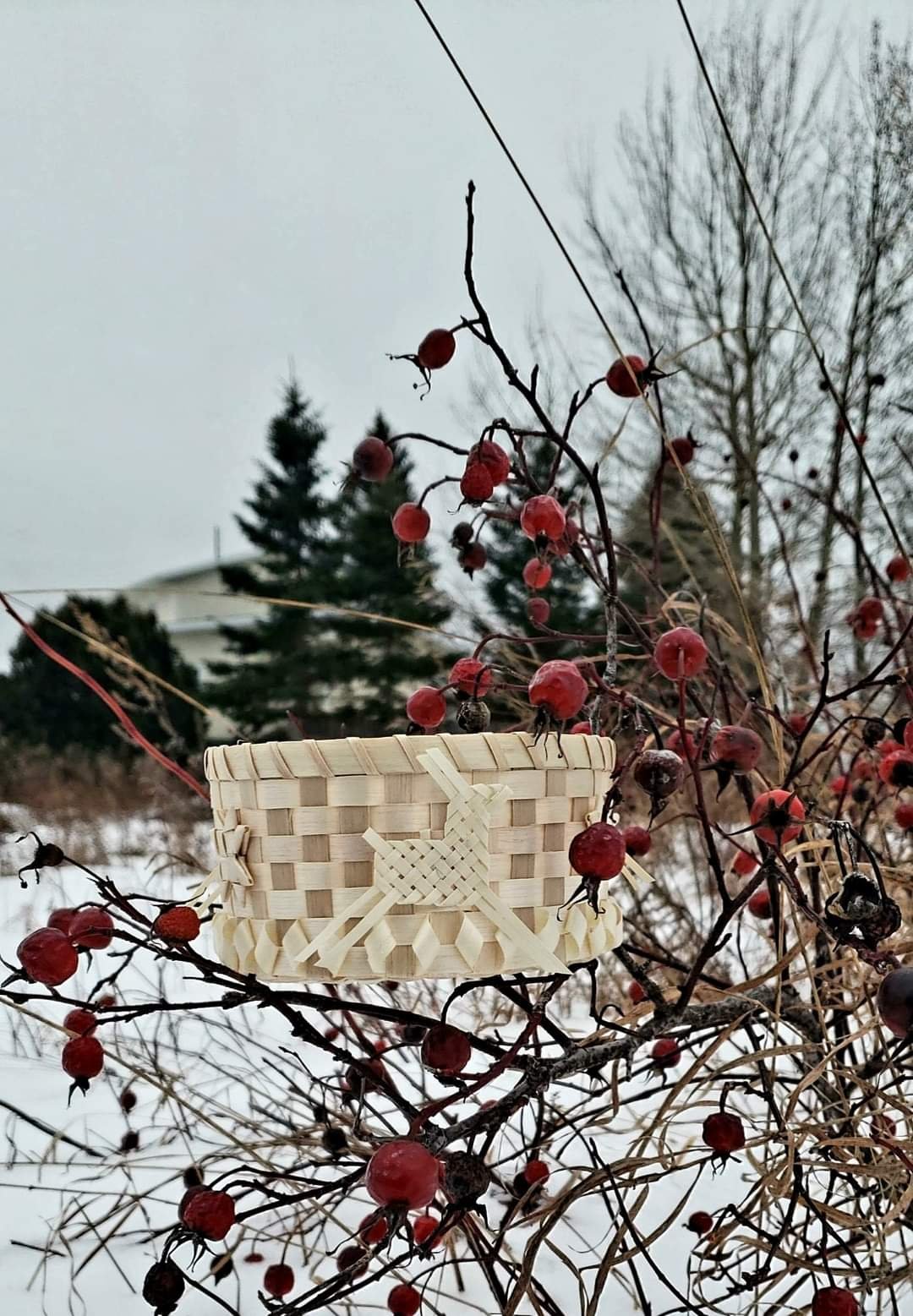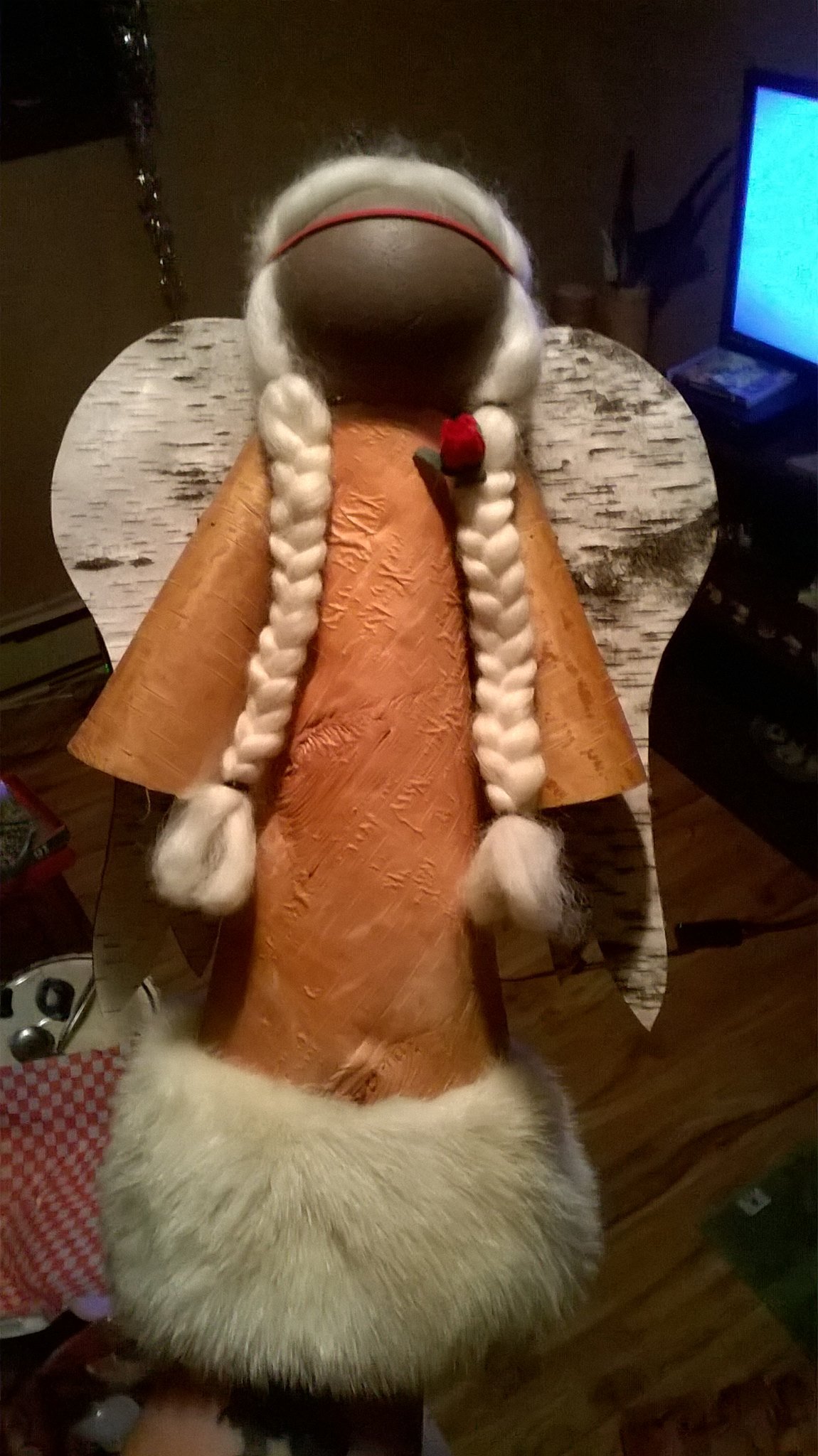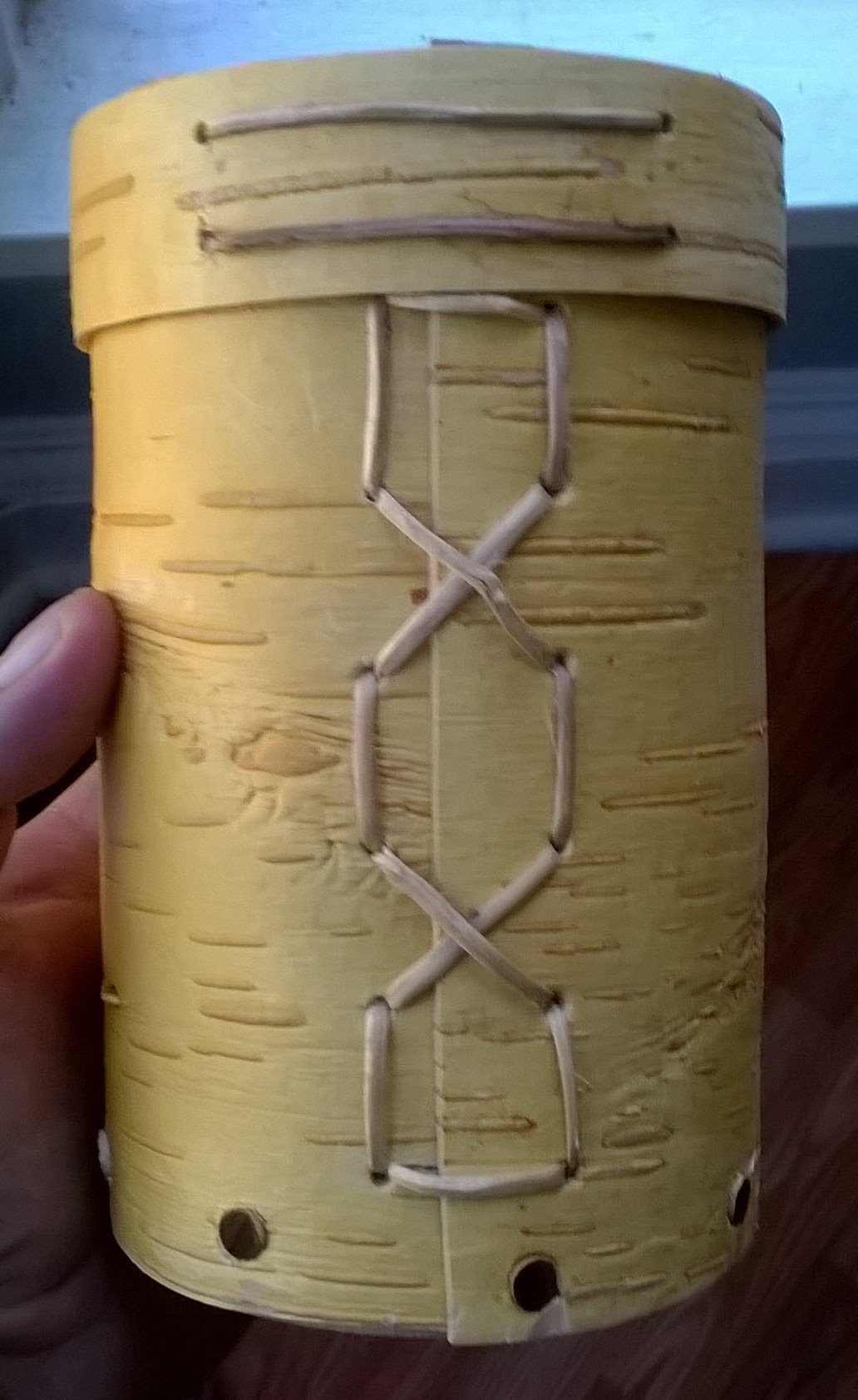Wettaqiaq Wksitqamuk - Nkitahkomikumuwey | Exploring Land-Based Art in New Brunswick
By Tara Francis
Salmon, Porcupine, Corn, Birch, Black Ash, Sweetgrass, the River, the Strait, Indigenous, the Land. What does land-based art represent to Indigenous artists in New Brunswick? Six strong Indigenous women stepped up to the plate to address this question in March as part of a speaker series hosted by Third Space Gallery, in partnership with Mawi’Art and Eastern Circle.
Coordinated by Starlit Simon, a Quillwork artist from Elsipogtog First Nation, and facilitated by Katie Buckley, the Executive Director of Third Space Gallery, Wettaqiaq Wksitqamuk (“it comes out of the earth” in Mi’kmaw) Nkitahkomikumuwey (“from our land” in Wolastoqey) was a virtual speaker series exploring land-based art in New Brunswick. Trenton Augustine, a Graphic Designer from Metapenagiag First Nation designed all the social media posters and graphics for the series.
I am Tara Francis, a Master Quillworker from Elsipogtog First Nation and I had the honour of being one of the artists chosen to present as part of the series, along with Angela Beek and Gina Brooks, Wolistoquew artists of St. Mary’s First Nation, Mali Wysote and Marsha Vicaire both Mi’kmaq of L’istigush First Nation, and Ursula Bear a Wolistoquew of Neqotkuk/Tobique First Nation.
Corn husk dolls with Angela Beek
The first presenter was Angela, who set the pace for the series with her comfortable approach to demonstrating the art of cornhusk doll making, giving us the sense that we were sitting right in her kitchen with her. Starlit contributed to the organic atmosphere with her animated comments and questions, engaging the audience and presenter deeper into the conversation. We all observed as Angela brought a doll to life before our eyes. Angela shared how she gathers her husks from community gatherings, and shared the story of the girl with no face. She spoke of her grandchildren and how she hopes to pass on her art to them.
Matues—the animal who dwells in the mud: Quillwork Presentation by Tara Francis
I was the next presenter in the series, taking the viewers on a journey spanning nearly 20 years of my work through a one-hour slide show presentation. I shared images of plucking a porcupine, and my first quill basket made with bark picked by my late Grandfather. I showed the evolution of my work over the years and how it paralleled my own spiritual journey, leading to commentaries, through my work, on issues such as residential schools and Treaty rights.
Plamua’qi: Transforming Salmon Skins into Leather with Marsha Vicaire
Marsha Vicaire took us to the past, as she shared stories of her family's rich history with the Restigouche River and their tradition of Salmon Fishing. Vicaire cites COVID-19 as one of the contributing factors to her exploring the technique using tea to tan salmon skin. Taking time to return to the river over the pandemic and spending days beading with her sister, she was led to research and experiment using skin fished by her family members to master her techniques.
Ligpenign Weaving: Demonstration and Artist Talk by Mali Wysote
Mali Wysote spoke of her Grandmother as her inspiration for making baskets, dedicating a basket to her knowing her teachings are with her although she was not able in life to learn from her grandmother directly. Mali shared the Mi’kmaq words for each section of making the basket, delivering a warm hearted explanation as she created a small round basket as part of her presentation.
Birch Bark Biting: Presentation and Demonstration by Ursula M Bear
A Wolistoquaw artist, Ursula’s natural material was Birchbark, she shared some of the history of the technique of Birch bark biting, and shared a slide show presentation of her own exploration into the craft and how she has engaged her community and the youth, in hopes to preserve the technique for future generations. She considers herself a Birch Bark Artist, saying it is the material she connects to the most, a lively conversation ensued, discussing the best times of year to harvest bark as well as other uses such as medicinal tea and even a flour, ground and added to other recipes for its nutritional contribution.
My Grandfather’s Canoe: Presentation by Gina Brooks
Last but certainly not least was the inspiring presentation delivered by iconic artist, Gina Brooks, with roots in both Wolistoquaw and Mi’kmaq heritage, Gina painted a picture of her artistic journey, with rich stories of her childhood memories, her family the land and the rivers that steered her path. She shared her own explorations of the natural materials used in her work and her devotion to her people, the land and treaties that inspire her work.
The underlying theme found throughout all our presentations was that of preservation and connection. The connection we all hold to the natural materials we use go much deeper than just the land we collect them from, but what they represent to us, is the connection to our culture and our ancestors. Whether we are weaving a basket, plucking a porcupine, making a doll, scrapping a salmon or transforming birch bark into a work of art, it is of great importance that we honour those who came before us. It is very much in our DNA this deep inherit knowing we all hold that allows us to dive into these traditional artforms with a confidence fueled by our dedication to reviving that which was nearly lost by the past generations, through the deliberate systematic deconstruction of our culture. Another theme one will find amongst us all is the extreme importance we find in passing these traditional teachings on to the next generation, that they may walk with pride as Indigenous people and will carry on these teachings with honour to their children.
In conclusion I wish to extend my deepest gratitude to Third Space Gallery, Mawi’Art and Eastern Circle for facilitating these talks. And a huge thank you to Starlit Simon for her excellent coordination efforts. I can not stress enough how important these conversations are to us Indigenous Artists, as every chance we have to share our stories is a step further in preserving who we are and what we do, as well as learn from each other in these virtual circles so needed during these tumultuous times. It is also a huge opportunity for our voices to speak of the land we and those who’ve come before have fostered for millenia. For without her, our practices would be moot. It goes without saying that in order for our art and culture to persevere so must the land we depend on for our creations must also be honoured and protected.
Third Space @thirdspacegallery
Mawi’Art @mawiartwabanakicollective
Eastern Circle @easterncirclesj
Written by Tara Francis
